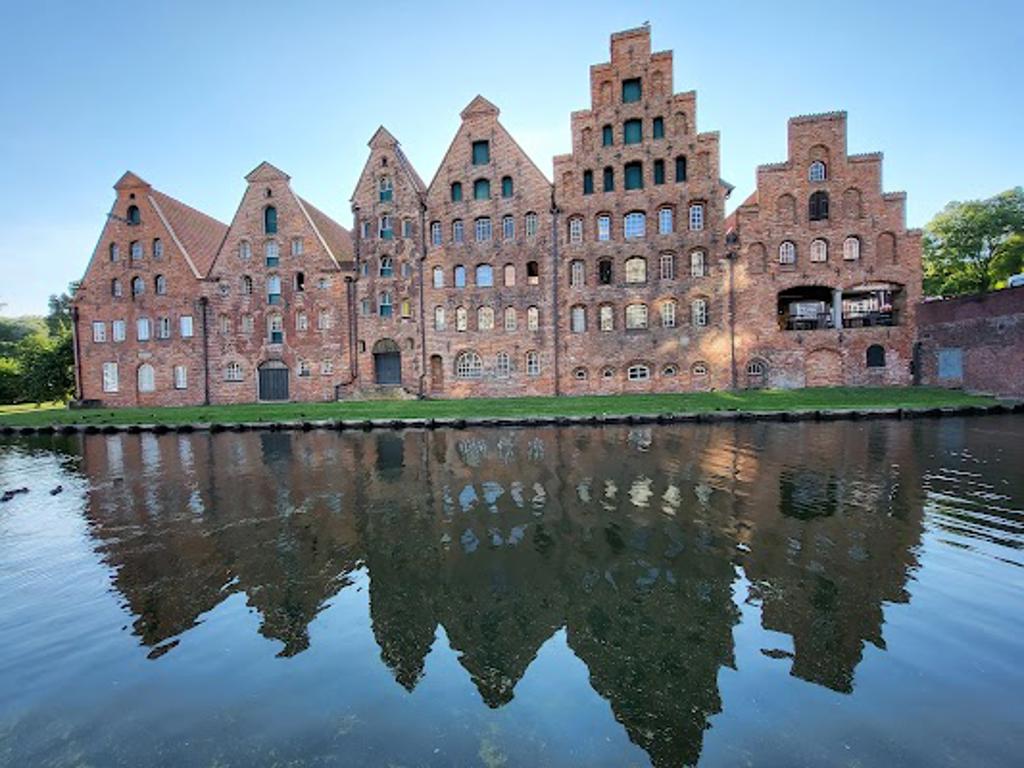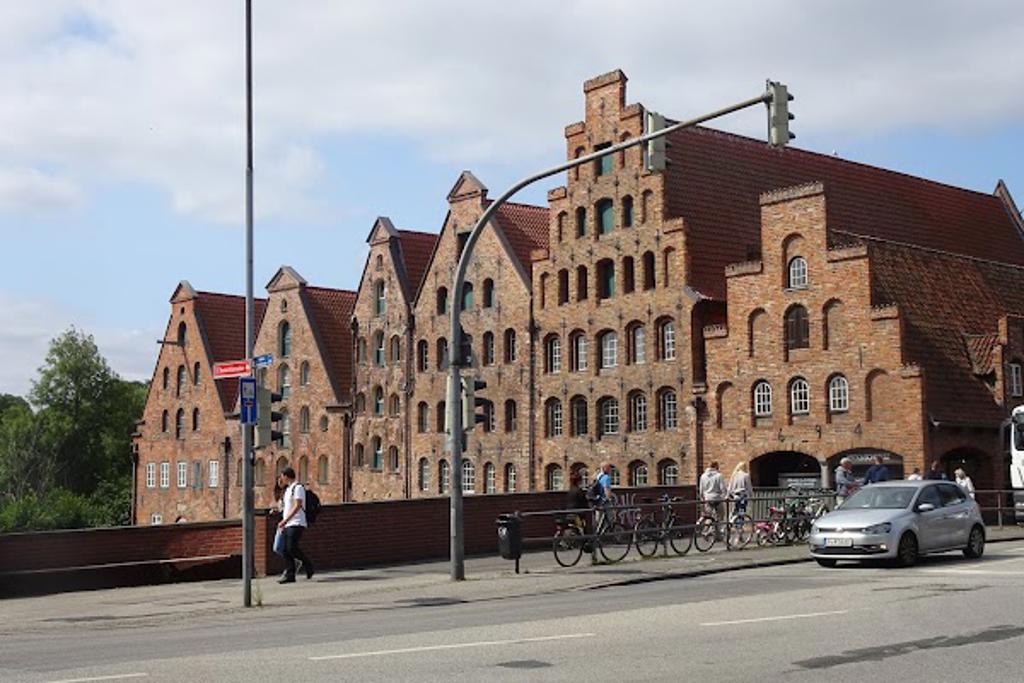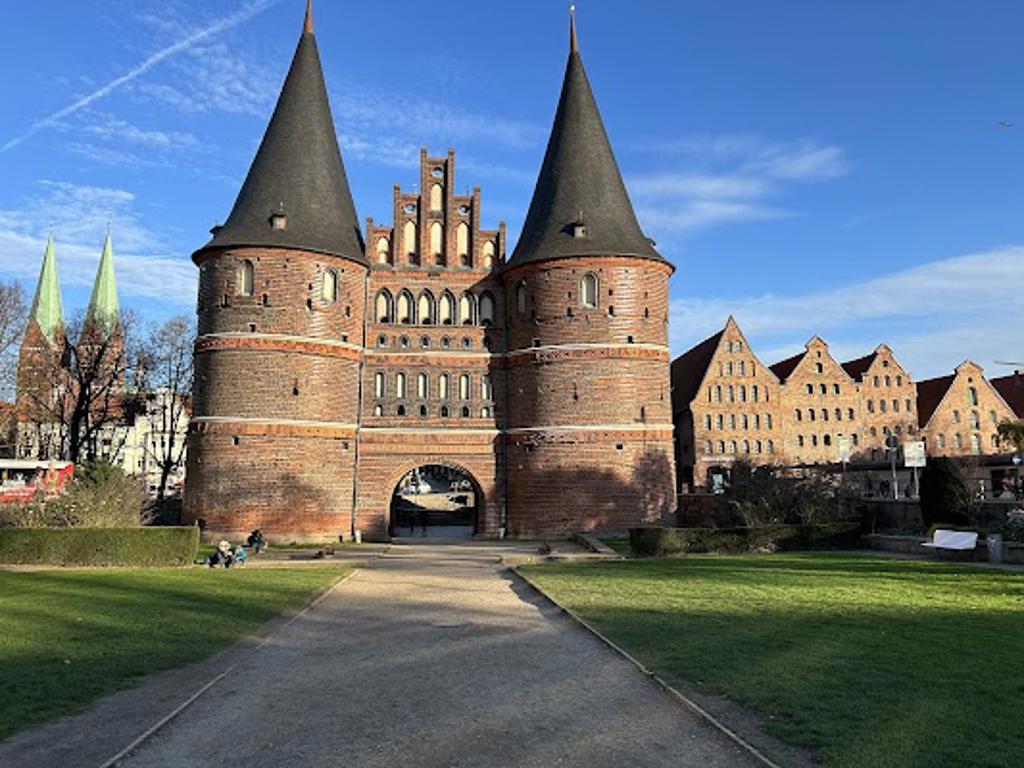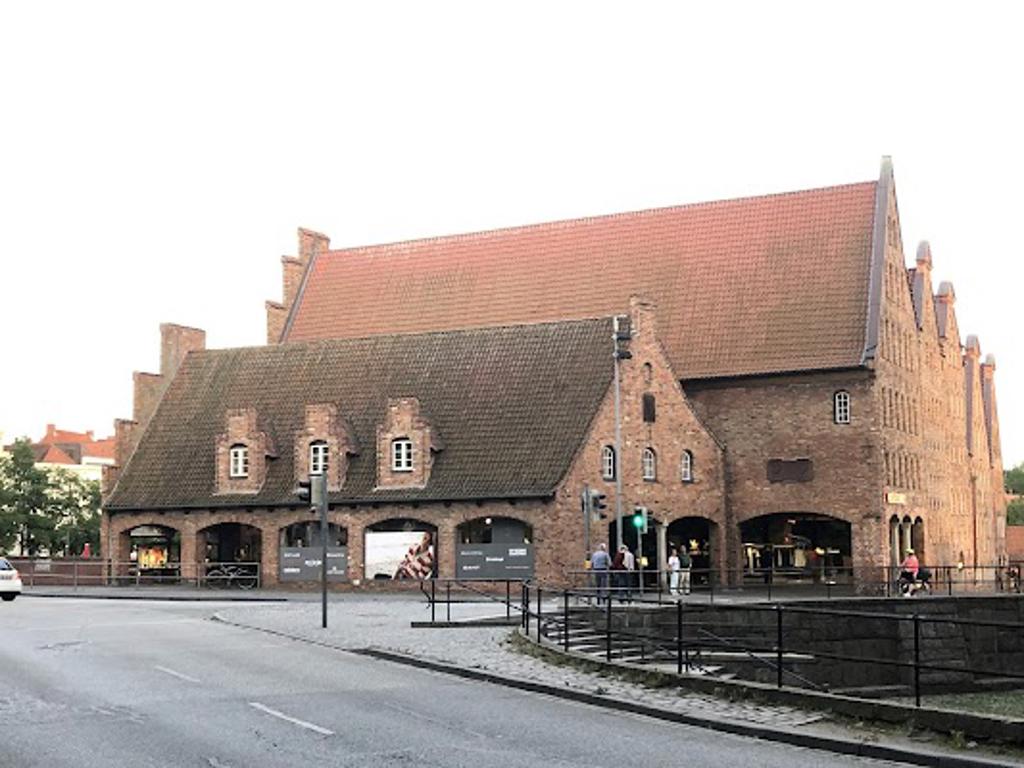About Salz aus Lüneburg
The Holsten Gate’s imposing brick façade stands as a symbol of Lübeck’s medieval wealth and power. Its twin towers, connected by a central archway, are adorned with intricate Gothic details. Above the arch, the Latin inscription "Concordia domi foris pax" translates to "Harmony within, peace without," reflecting Lübeck’s role as a major trading hub. The gate’s slightly leaning structure adds a unique charm, a result of centuries of settling on marshy ground.
Salt from Lüneburg played a crucial role in Lübeck’s prosperity during the Hanseatic League era. The city’s strategic location allowed it to control the salt trade, a commodity so valuable it was often referred to as "white gold." Salt shipments from Lüneburg passed through the Holsten Gate, destined for markets across Northern Europe. This trade helped Lübeck become one of the richest cities in medieval Europe.
Salt’s Journey Through Lübeck
Salt from Lüneburg traveled along the Old Salt Route, a historic trade route connecting Lüneburg to Lübeck. Once it arrived, it was stored in warehouses near the harbor before being distributed to other Hanseatic cities. The Holsten Gate served as a checkpoint for goods entering and leaving the city, symbolizing Lübeck’s control over this lucrative trade. The salt trade not only enriched Lübeck but also strengthened its position within the Hanseatic League.
Plan your perfect trip to Lübeck with Travo! Download now and start exploring.
Marks of Time
The Holsten Gate’s architecture reflects Lübeck’s medieval prominence. Its red brick construction, typical of North German Gothic style, showcases the city’s wealth and craftsmanship. The gate’s defensive features, including narrow windows and thick walls, remind visitors of its dual role as a fortification and a symbol of power. Today, the gate houses a museum that tells the story of Lübeck’s history, including its salt trade.
Stories in Stone
Look closely at the gate’s decorative elements. The intricate patterns and carvings on the brickwork tell stories of Lübeck’s past. The Latin inscription above the archway speaks to the city’s aspirations for peace and prosperity. The slightly uneven towers, a result of centuries of settling, add character to the structure, making it a unique landmark in Lübeck’s skyline.
Living History
The Holsten Gate remains a powerful symbol of Lübeck’s heritage. Visitors can explore the museum inside to learn about the city’s role in the Hanseatic League and the importance of the salt trade. The gate’s presence in Lübeck’s cityscape serves as a reminder of the city’s medieval glory and its enduring legacy as a center of trade and culture.
Present-Day Significance
Today, the Holsten Gate is one of Germany’s most iconic landmarks, attracting visitors from around the world. Its connection to the salt trade highlights the importance of commerce in shaping Lübeck’s history. The gate stands as a testament to the city’s resilience and its ability to adapt and thrive through centuries of change. Whether admired for its architectural beauty or its historical significance, the Holsten Gate continues to inspire awe and curiosity.






Map loading...
Location
Holstentorplatz, 23560, Lübeck
